BNG Zone
The Cricket Field
Location: Dunsany Estate, County Meath
Size: 6.46 hectares
BNG Units Available Now
Serving: Meath, Dublin, Louth, Kildare
BNG Zone for Off-Site Biodiversity Net Gain
Location: Dunsany Estate, County Meath
Size: 6.46 hectares
BNG Units Available Now
Serving: Meath, Dublin, Louth, Kildare
Located just 35 minutes from Dublin Airport within Ireland’s largest private rewilding project, the Cricket Field is a 6.46-hectare parcel dedicated to ecological restoration and Biodiversity Net Gain (BNG). Situated within the 750-acre Dunsany Estate, the site is now available to developers and corporates seeking a credible, scientifically managed off-site BNG solution.
Ecological Site
Overview
An ecological survey conducted in May 2025 confirmed the Cricket Field’s high baseline potential for habitat restoration and biodiversity uplift. The survey captured data on habitat types, vegetation structure, faunal observations, and conservation value.
Key ecological features include:
Hedgerows: Mature, species-rich, with high structural integrity and native flora.
Regenerating Meadow: Evidence of natural succession with mixed grassland species.
Ponds & Wet Scrapes: Seasonal water retention provides breeding zones for amphibians and aquatic insects.
Scrub & Tree Growth: Young woodland establishing along field margins.
Connectivity: Linked ecologically to other Dunsany Estate habitats, enhancing wildlife corridors.
The Cricket Field
Habitat Distinctiveness
Very High Distinctiveness
Native species-rich hedgerow with trees
Natural watercourses (ponds/scrapes)
High Distinctiveness
Lowland mixed deciduous woodland
Lowland meadow
Medium Distinctiveness
Neutral grassland (semi-improved)
Mixed scrub
Species-rich hedgerow
All habitats are under active enhancement or rewilding, offering long-term, measurable biodiversity uplift.
The Cricket Field
BNG Delivery Model
At Dunsany Estate, we ensure every BNG project is grounded in ecological best practices:
Baseline Surveys: Comprehensive ecological assessment prior to habitat creation.
Targeted Habitat Enhancement: Wildflower seeding, native tree planting, water feature creation.
Monitoring and Reporting: Annual surveys and metrics tracking habitat success and biodiversity uplift.
Secure, Long-Term Outcomes: All units tied to long-term stewardship agreements and transparent documentation.
Further Details
Former agricultural field now naturally regenerating with extensive scrub, wild grasses, and native trees.
– Lowland mixed deciduous woodland
– Lowland meadow
– Neutral grassland
– Mixed scrub
– Species-rich hedgerows
– Stream and river
Passive rewilding since 2020, no fertilisers or pesticides.
Free-draining loam with high organic content – excellent for native flora.
Seasonal pond and scrape – important for amphibians, invertebrates.
Abundant – enhances fungal, invertebrate, and bird diversity.
| Species | Conservation Status |
|---|---|
| Skylark | Red List (breeding) |
| Meadow Pipit | Amber |
| Kestrel | Amber |
| Buzzard | Stable population |
| Whitethroat | Migratory breeder |
| Chiffchaff | Common summer visitor |
| Robin, Wren, Blackbird | Common residents |
| Goldfinch, Woodpigeon | Frequent visitors |
Note: Presence of red- and amber-listed species supports high conservation value under Irish and EU biodiversity frameworks.
Butterfly Species:
- Green-veined White (Pieris napi)
- Meadow Brown (Maniola jurtina)
- Ringlet (Aphantopus hyperantus)
- Silver-washed Fritillary (Argynnis paphia)
- Small Tortoiseshell (Aglais urticae)
- Small White (Pieris rapae)
Pollinators:
- Common Bumblebee (Bombus Lucorum)
- Common Carder Bee (Bombus (Thoracombus) pascuorum)
Hoverfly species active around hedgerows and meadow flora.
Moth Species:
- Acrocercops brongniardella
- Anthophila fabriciana
- Apple Leaf Miner (Lyonetia clerkella)
- Bactra lancealana
- Caloptilia syringella
- Cameraria ohridella
- Celypha aurofasciana
- Celypha lacunana
- Cinnabar (Tyria jacobaeae)
- Clay Triple-lines (Cyclophora linearia)
- Coleophora serratella
- Cydia fagiglandana
- Ectoedemia albifasciella
Other:
- Ladybirds, dragonflies, beatles recorded.
Eurasian Badger (Meles meles) – Protected Species, Wildlife Acts
European Otter (Lutra lutra) – Protected Species, EU Habitats Directive
Irish Stoat (Mustela erminea subsp. hibernica)
Red Deer (Cervus elaphus) – Protected Species, Wildlife Acts
Brown Rat (Rattus norvegicus) – Invasive Species
West European Hedgehog (Erinaceus europaeus) – Protected Species, Wildlife Acts
8 out of 9 Bat species in Ireland observed – see below.
- Common Pipistrelle
- Soprano Pipistrelle
- Nathusius’ Pipistrelle
- Leisler’s Bat
- Brown Long-eared Bat
- Natterer’s Bat
- Daubenton’s Bat
- Whiskered Bat
- Abies grandis Giant Fir
- Acer pseudoplatanus Sycamore
- Achillea millefolium Yarrow
- Aegopodium podagraria Ground-elder
- Aesculus hippocastanum Horse-chestnut
- Agrostis stolonifera Creeping Bent
- Alliaria petiolata Garlic Mustard
- Alnus cordata Italian Alder
- Alnus glutinosa Alder
- Alopecurus geniculatus Marsh Foxtail
- Alopecurus pratensis Meadow Foxtail
- Angelica sylvestris Wild Angelica
- Anthoxanthum odoratum Sweet Vernal-grass
- Anthriscus sylvestris Cow Parsley
- Apium nodiflorum Fool’s-water-cress
- Arctium minus Lesser Burdock
- Arrhenatherum elatius False Oat-Grass
- Asplenium adiantum-nigrum Black Spleenwort
- Asplenium ruta-muraria Wall Rue
- Asplenium scolopendrium Hart’s-tongue
- Asplenium trichomanes Maidenhair Spleenwort
- Atropa belladonna Deadly Nightshade
- Bellis perennis Daisy
- Betula pendula Silver Birch
- Brachypodium sylvaticum False-brome
- Briza media Quaking-grass
- Buddleja davidii Butterfly-bush
- Buxus sempervirens Box
- Calystegia sepium Hedge Bindweed
- Cardamine flexuosa Wavy Bitter-cress
- Cardamine hirsuta Hairy Bitter-cress
- Carex flacca Glaucous Sedge
- Carex hirta Hairy Sedge
- Carex leporina Oval Sedge
- Carex nigra Common Sedge
- Carex otrubae False Fox-sedge
- Carex pendula Pendulous Sedge
- Species name Common name
- Carex remota Remote Sedge
- Carex sylvatica Wood-sedge
- Castanea sativa Sweet Chestnut
- Cedrus atlantica Atlas Cedar
- Centaurea nigra Common Knapweed
- Cerastium fontanum Common Mouse-ear
- Cerastium glomeratum Sticky Mouse-ear
- Chamerion angustifolium Rosebay Willowherb
- Chrysosplenium oppositifolium Opposite-leaved Golden-saxifrage
- Circaea lutetiana Enchanter’s-nightshade
- Cirsium arvense Creeping Thistle
- Cirsium palustre Marsh Thistle
- Cirsium vulgare Spear Thistle
- Cornus sanguinea Dogwood
- Corylus avellana Hazel
- Crataegus monogyna Hawthorn
- Crepis capillaris Smooth Hawk’s-beard
- Crocosmia x crocosmiiflora Montbretia (C. aurea x pottsii)
- Cymbalaria muralis Ivy-leaved Toadflax
- Cynosurus cristatus Crested Dog’s-tail
- Dactylis glomerata Cock’s-foot
- Dactylorhiza fuchsii Common Spotted-orchid
- Deschampsia cespitosa Tufted Hair-grass
- Dryopteris affinis agg. Scaly Male-fern
- Eleocharis palustris Common Spike-rush
- Elytrigia repens Common Couch
- Epilobium ciliatum American Willowherb
- Epilobium hirsutum Great Willowherb
- Epilobium parviflorum Hoary Willowherb
- Epipactis phyllanthes Green-flowered Helleborine
- Equisetum arvense Field Horsetail
- Equisetum telmateia Great Horsetail
- Erophila verna Common Whitlowgrass
- Fagus sylvatica Beech
- Filipendula ulmaria Meadowsweet
- Fragaria vesca Wild Strawberry
- Fraxinus excelsior Ash
- Galium aparine Cleavers
- Galium palustre Marsh-bedstraw
- Galium verum Lady’s Bedstraw
- Geranium robertianum Herb-Robert
- Geum urbanum Wood Avens
- Species name Common name
- Glechoma hederacea Ground-ivy
- Glyceria fluitans Floating Sweet-grass
- Hedera Hibernica Atlantic Ivy
- Heracleum sphondylium Hogweed
- Hesperis matronalis Dame’s-violet
- Holcus lanatus Yorkshire-fog
- Holcus mollis Creeping Soft-grass
- Hordeum distichon Two-rowed Barley
- Hyacinthoides non-scripta Bluebell
- Hypericum tetrapterum Square-stalked St John’s-wort
- Hypochaeris radicata Cat’s-ear
- Ilex aquifolium Holly
- Iris pseudacorus Yellow Iris
- Juglans regia Walnut
- Juncus acutiflorus Sharp-flowered Rush
- Juncus conglomeratus Compact Rush
- Juncus effusus Soft-rush
- Juncus inflexus Hard Rush
- Lactuca serriola Prickly Lettuce
- Lamiastrum galeobdolon subsp. argentatum Garden Yellow-archangel
- Lapsana communis Nipplewort
- Larix decidua European Larch
- Lathyrus pratensis Meadow Vetchling
- Lemna minor Common Duckweed
- Leucanthemum vulgare Oxeye Daisy
- Lolium perenne Perennial Rye-grass
- Lonicera nitida Wilson’s Honeysuckle
- Lonicera periclymenum Honeysuckle
- Lotus corniculatus Common Bird’s-foot-trefoil
- Lotus pedunculatus Greater Bird’s-foot-trefoil
- Mahonia aquifolium Oregon-grape
- Medicago lupulina Black Medick
- Mentha aquatica Water Mint
- Moehringia trinervia Three-nerved Sandwort
- Myosotis arvensis Field Forget-me-not
- Nasturtium officinale Water-cress
- Odontites vernus Red Bartsia
- Oxalis acetosella Wood-sorrel
- Papaver rhoeas Common Poppy
- Parietaria judaica Pellitory-of-the-Wall
- Persicaria hydropiper Water-pepper
- Petasites hybridus Butterbur
- Phalaris arundinacea Reed Canary
- Phleum pratense Timothy
- Picea abies Norway Spruce
- Picea sitchensis Sitka Spruce
- Pinus sylvestris Scots Pine
- Plantago lanceolata Ribwort Plantain
- Plantago major Greater Plantain
- Poa annua Annual Meadow
- Poa trivialis Rough Meadow
- Polypodium vulgare Polypody
- Polystichum setiferum Soft Shield
- Potentilla anserina Silverweed
- Potentilla reptans Creeping Cinquefoil
- Primula vulgaris Primrose
- Prunella vulgaris Selfheal
- Prunus laurocerasus Cherry Laurel
- Prunus lusitanica Portugal Laurel
- Pseudotsuga menziesii Douglas Fir
- Quercus robur Pedunculate Oak
- Ranunculus acris Meadow Buttercup
- Ranunculus repens Creeping Buttercup
- Rhododendron ponticum Rhododendron
- Ribes uva
- Rorippa palustris Marsh Yellow
- Rosa canina Dog
- Rubus fruticosus agg. Bramble
- Rubus idaeus Raspberry
- Rumex acetosa Common Sorrel
- Rumex crispus Curled Dock
- Rumex obtusifolius Broad
- Rumex sanguineus Wood Dock
- Sagina procumbens Procumbent Pearlwort
- Salix caprea Goat Willow
- Salix cinerea Grey Willow
- Sambucus nigra Elder
- Sanicula europaea Sanicle
- Schedonorus arundinaceus Tall Fescue
- Schedonorus giganteus Giant Fescue
- Scrophularia auriculata Water Figwort
- Scrophularia nodosa Common Figwort
- Senecio aquaticus Marsh Ragwort
- Senecio vulgaris Groundsel
- Dunsany Nature Reserve 64
- Species name Common name
- Solanum dulcamara Bittersweet
- Sonchus asper Prickly Sow-thistle
- Sonchus oleraceus Smooth Sow-thistle
- Sparganium erectum Branched Bur-reed
- Stachys palustris Marsh Woundwort
- Stachys sylvatica Hedge Woundwort
- Stellaria graminea Lesser Stitchwort
- Stellaria holostea Greater Stitchwort
- Symphoricarpos albus Snowberry
- Tanacetum vulgare Tansy
- Taraxacum agg. Dandelion
- Taxus baccata Yew
- Tellima grandiflora Fringecups
- Thuja plicata Western Red-cedar
- Tilia platyphyllos Large-leaved Lime
- Tilia x europaea Lime
- Trifolium dubium Lesser Trefoil
- Trifolium pratense Red Clover
- Trifolium repens White Clover
- Tussilago farfara Colt’s-foot
- Ulex europaeus Gorse
- Ulmus glabra Wych Elm
- Urtica dioica Common Nettle
- Valeriana officinalis Common Valerian
- Veronica arvensis Wall Speedwell
- Veronica beccabunga Brooklime
- Veronica chamaedrys Germander Speedwell
- Veronica montana Wood Speedwell
- Veronica serpyllifolia Thyme-leaved Speedwell
- Viburnum opulus Guelder-rose
- Vicia cracca Tufted Vetch
- Vicia sepium Bush Vetch
- Viola riviniana Common Dog-violet
The Cricket Field
Summary
BNG Units Available Now – Secure off-site units tailored to meet Irish local authority expectations
High Quality, Measured Habitat Uplift – Backed by ecological survey and management plan
Sustainable Investment – Contribute to one of Ireland’s most credible rewilding initiatives
Strategically Located – Strong regional relevance to Meath, Dublin, Louth, and Kildare projects
Professional Management – All work led by biodiversity and ecology specialists
Join Us
Interested in securing off-site BNG units?
We welcome enquiries from developers, planning consultants, and corporate companies interested in securing high-quality, off-site Biodiversity Net Gain (BNG) units.
Our team can provide:
Full ecological and habitat assessment reports
Detailed biodiversity unit availability and uplift projections
Custom site proposals to support planning submissions
Monitoring and compliance frameworks aligned with best practices
Transparent legal and stewardship agreements
We are committed to building long-term partnerships that deliver measurable ecological value and help meet planning, ESG, or corporate biodiversity targets.

